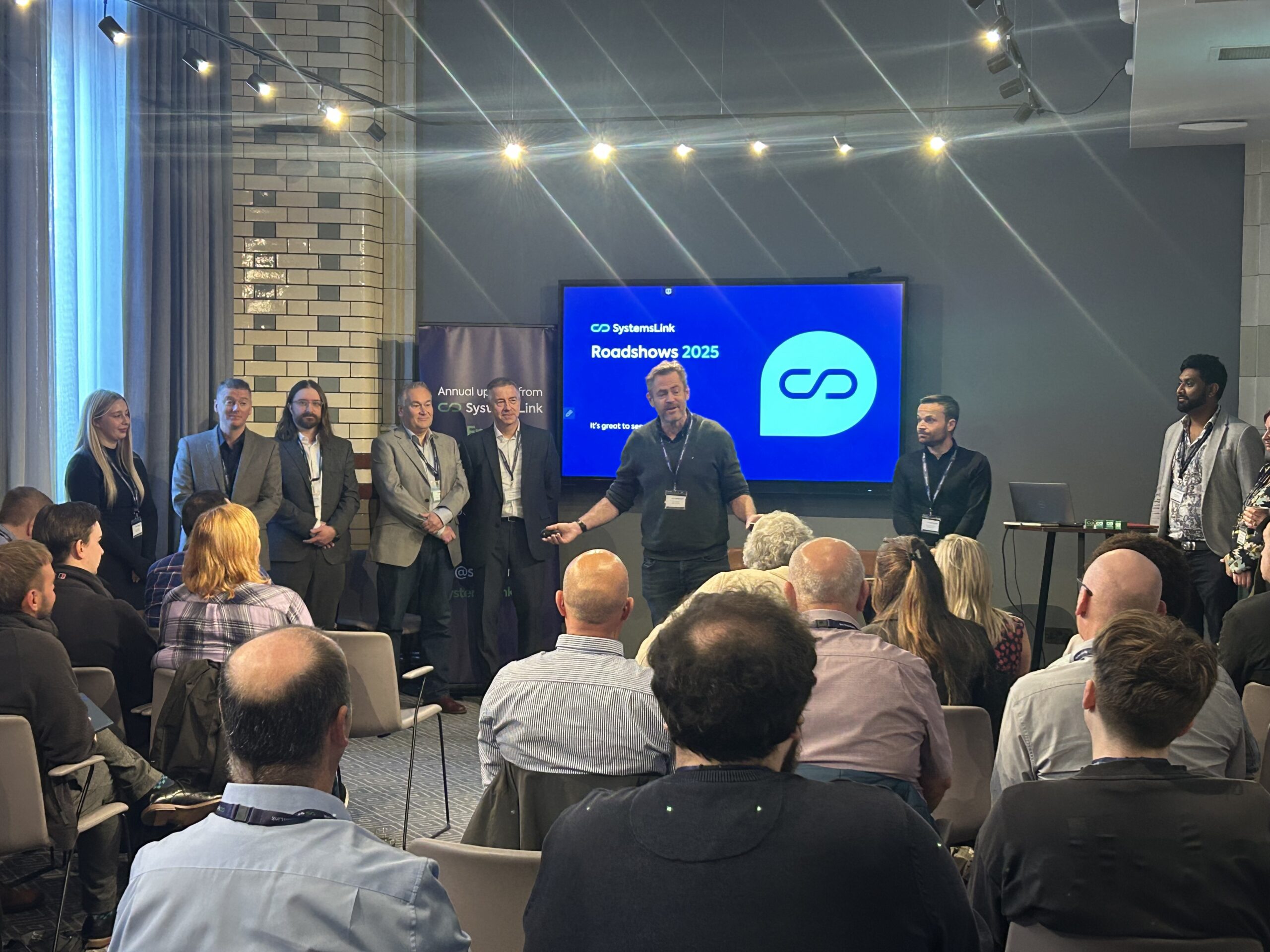Is your organisation overestimating its required capacity?
As non-commodity charges now make up around 60% of business energy costs, it has become increasingly important for organisations to stay up to date with legislative changes that could affect their bill. With this in mind, we’re encouraging all businesses to prepare for network charge changes by reviewing their available supply capacity.
Ofgem has now completed its Targeted Charging Review (TCR) and the changes to network charges will have an impact on energy bills. These changes, combined with the measures that are already in force under DCP161, will mean that it’s more important than ever for businesses to have the correct/optimum level of available supply capacity.
What is available supply capacity?
Every half-hourly (HH) metered site in the UK has an available supply capacity. If your premises are half-hourly metered, your available supply capacity – also known as agreed capacity – is the amount of electricity that the District Network Operator must make available for your site. You agree the level of capacity you need with your DNO in your Connection Agreement, and whilst you can change your agreed capacity, this can only be done once a year.
Your business is charged for agreed capacity on a monthly basis and you are charged whether you use all of the energy that’s been reserved for your site or not. The exact charge will depend on your voltage level and region. If you use more than your agreed capacity, you will see an additional excess capacity charge on your bill.
Why is it so important to have the right level of capacity?
DCP161, a regulation that has been in force since 1st April 2018, introduced strict penalty charges for organisations on half-hourly meters that exceed their agreed capacity. This is the excess capacity charge you may see on your bill, which can be as much as 81% higher than the charges you pay for your agreed capacity. It’s therefore imperative to ensure that your agreed capacity isn’t set too low, as if you’re regularly exceeding your capacity limit then you’re likely to face large punitive charges, not to mention potential liability for network damage.
However, new rules that are set to come into place in April 2022 (delayed from April 2021 due to COVID-19) will make it even more important to ensure that your agreed capacity is set at the optimum level. As a result of the TCR, Ofgem is changing the way they recover TRIAD costs, with the addition of a banded fixed charge. Indications are that the consumption based residual charge will be 25% of the previous cost. Businesses will be allocated into different bands based on their voltage level and region.
If your organisation has a maximum import capacity agreement in place, it will also be segmented based on its agreed capacity. As a result, any excess or unused capacity you have will be subject to significant charges – so it’s crucial that your capacity is set at just the right level.
What should my business do now?
While Ofgem has pushed back changes to residual charges by a year (from April 2021 to April 2022) due to COVID-19, you should be making changes now to ensure your business is prepared. Many of these measures will also help you to avoid penalties under DCP161, so if you haven’t already, you should:
- Check your available capacity – you can find this in your DNO Connection Agreement. Review your current level against your typical consumption levels to determine whether it’s too low or too high. If you have access to software like SystemsLink, which can help you to visualise your consumption and accurately predict your maximum demand, this task is much easier.
- Continue to be flexible in your consumption if you are already shifting consumption away from peak periods. Triads will remain the same this winter and next so being flexible should still help you to avoid high costs.
- Reduce your overall consumption. If you’re a low voltage site, your network charges will be fixed based on your consumption band, which means there’s a real incentive for you to reduce your overall consumption so that you are in a lower band The difference in costs between bands for Low Voltage sites could be as much as £8,000 per annum; the difference in costs between bands for High Voltage sites could be upwards of £100,000 per annum.
How can SystemsLink help?
With SystemsLink in place, you will have all of your energy data at your fingertips, as we collect your data automatically, directly from the data collector. With this information on your usage and our sophisticated visualisation tools, getting to grips with your consumption and ensuring your agreed capacity levels are set at optimum levels is as simple as possible.
To find out more about how SystemsLink can help your organisation to avoid excessive energy bills, call us on 01234 988 855.




